There’s no debate: ghost fishing is detrimental to the health of the ocean. And it’s frustrating when the issue can only be resolved through the power of large international organizations. Bureaucracy galore! You’re not a fisherman, a politician, or a policy-maker, but you feel motivated to do something. What can you do?
If you feel powerless to change anything, you’re not alone.
I have three ways you can be of help, outlined at the end. Want to skip the action? Click here. Don’t know what ghost fishing is? Read on!
If you’d like to learn some ways those large organizations are trying to help, read some stories here.
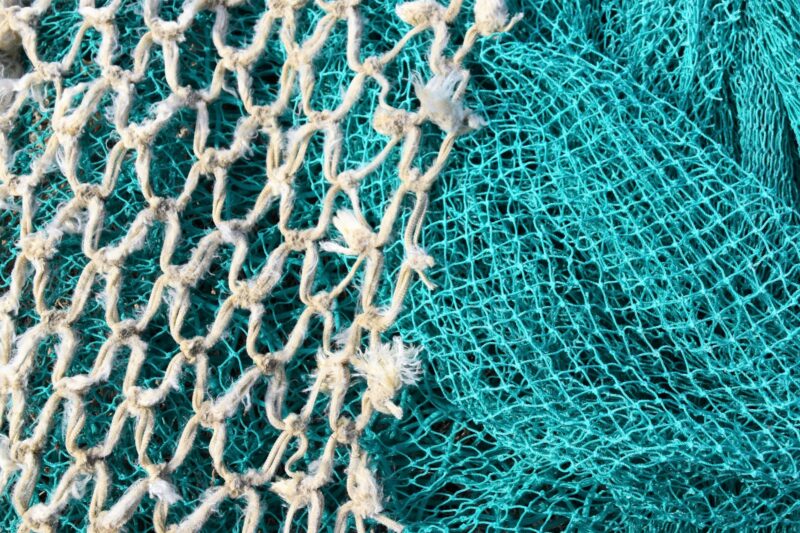
Believe it or not, there are things you can do about ghost fishing. Photo by Waldemar on Unsplash
What Is Ghost Fishing?
Get out the tissues, book a therapy appointment, and play “Despacito” in the background: I’m going to explain ghost fishing.
Ghost fishing is when abandoned, lost, or discarded fishing gear continues to catch wildlife. It’s like losing a watch: the watch is still keeping time wherever it is in the world. Sometimes this equipment, also known as ghost gear, will tangle with other gear, resulting in huge wads of lines and ropes that can weigh hundreds of pounds.
Back in the day, fishing gear was made of biodegradable materials that would break down if abandoned (I would also break down if abandoned, but let’s not go there). Nowadays ghost fishing gear is made from cheaper, longer-lasting plastic. Plastic is highly durable and waterproof, which is great for fishing in general. However, once lost, it continues to be great at fishing and will be for hundreds of years.
Like a small-town football star after graduating high school, ghost nets can still catch things, but no one’s around to see them do it. Unlike high school football stars, ghost fishing results in the loss of over 650,000 marine mammals a year.
And that’s just mammals. The gear can snag anything: sharks, turtles, birds, even the ugly fish we don’t talk about (but those guys are important too!). Without being able to move or surface, these animals end up drowning.
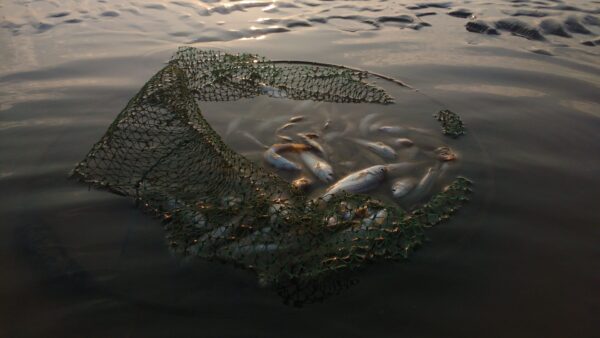
Ghost gear continues to catch fish when no one is there. Photo by Riddhiman Bhowmik on Unsplash
It seems bizarre that ocean animals can drown, but they do. And there are many, many stories of it happening from ghost fishing.
The nets themselves make up about 46% of the surveyed plastic in just the North Pacific Ocean.
Ghost fishing injures marine life, smothers reefs, and increases the spread of invasive species. It also affects the economies that rely on healthy fishing stocks.
And although we have some data on ghost fishing, we’re likely not grasping the full extent of damage that ghost gear reaps (i.e. how many animals perish worldwide from ghost gear annually).
Fun stuff. Real ice-breaker material.
The main causes of ghost fishing range from environmental, to functional, to legal causes. If the currents pick up without warning, a fishing vessel may need to cut lines for safety. If the gear malfunctions and loses its marker buoys, fishermen may need to abandon it if a search turns up empty. Or, if the gear is illegal, fishermen will discard it at sea before returning to shore.
3 Things You Can Do
Ghost fishing gear removal involves a lot of national and international organizations. Voting and contacting representatives is all well and good, but beyond that, here are three things you can do to help:
1) Join a community cleanup
If you live on a coastline, try joining a beach cleanup. Don’t live by a coastline? Freshwater lakes can be affected by ghost fishing, too. If you’re a scuba diver, you could even do a cleanup dive to retrieve ghost gear underwater. Be aware: retrieval isn’t always easy. Check with the organizers to see what their safety rules are.
Every month here in Hawai’i, Nudi Wear hosts a cleanup dive at Point Panic, Oahu. Check it out here.
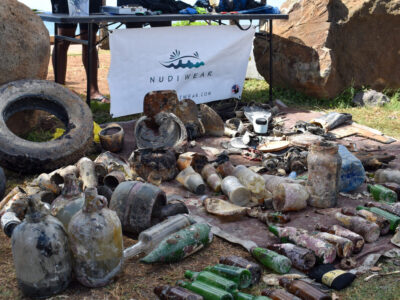
Some of the items pulled from last month’s cleanup dive.
If you don’t live in Hawai’i, contact your local dive shop or volunteer center to find a connection to a cleanup. Keep an eye out for posters advertising cleanups, too. Facebook and Instagram can be great resources, but a lot of the time volunteer organizers advertise with old-school methods (like posters). Try taking a stroll in areas that allow for posters (coffee shops, grocery stores, libraries, etc.).
If that sounds like too much trouble and you’re thinking of retrieving ghost gear alone, don’t. If the ghost gear can drown sharks and whales, they can do the same to you. Never go out alone, especially without the proper disposal gear.
There’s also plenty of stuff to do out of the water (psstt… the land and sea are interconnected). Invasive species are a huge problem and are indirectly linked to ghost fishing. Check out this site to get connected to an invasive species removal in your area.
2) Buy a fishing net bracelet
What happens to ghost gear after being retrieved?
It could be thrown in a dumpster, ultimately ending up in a landfill. Or it could get taken to a location like the Hawai’i Nets to Energy Program for recycling, which is similar to programs in Massachusetts, Rhode Island, and Oregon.
The gear can also get turned into jewelry. You can buy ghost net bracelets made from actual retrieved ghost gear. These bracelets fund future beach cleanups. They’re not just bracelets, but an avenue for more ghost gear to get taken out of the sea.
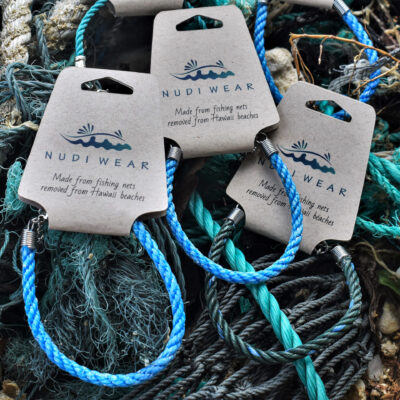
These bad boys can last forever.
Buying things like ghost net bracelets from action-oriented businesses keeps the sustainability going. In other words, support compounds sustainability.
These products also help spread the word about ghost fishing. Each bracelet is unique— the colors depend on what gear was pulled from the sea. Plus the whole shtick about ghost gear is that it doesn’t degrade. That bracelet will outlast you.
We’re still not grasping the full impact of ghost fishing. A solution is turning that problem into a fashion statement.
You can find ghost net bracelets here. These ones fund Oahu’s Point Panic cleanup dive.
3) Buy sustainable seafood
The ultimate solution to ghost fishing is not losing gear in the first place. While casual consumers like us can’t control what happens at sea, we can control which fisheries we support.
You support individual fisheries with your seafood selections. Fisheries are not all the same. Some follow best practices, others don’t. That tuna sandwich from the gas station may get its fish from a depleted fishery, even if the branding doesn’t seem that way. You show support through what you buy.

The most delicious action you can take against ghost fishing so far. Photo by Mahmoud Fawzy on Unsplash.
Purchasing seafood from ethical, responsible sources while shunning the rest is key. When a fishery is following the rules, they’re likely handling their gear properly, too.
Where do you get this fishery information from? Lucky for us, the Monterey Bay Aquarium has an up-to-date list on those exact sources. Access the list here.
The list is broken up by type of seafood. If you’ve never considered what kind of fish you’re eating or how it gets to you, now is a great time to find out. The next time you’re craving sashimi, check with the guides to see what’s good and what to steer clear from.
Also look for fish with the Marine Stewardship Council (MSC) blue fish label. The label certifies that a fishery is sustainable and follows best practices. You’ve likely seen this label at the grocery store. The MSC is a nonprofit that assesses the health of a fishery’s stock with the latest scientific data. They certify fisheries and award them a blue label through an auditing process. Read more about them here.
Don’t ghost friends, don’t ghost fish
Every part of the world is special if we choose to show it love. Whether you live on an island or in the middle of a desert, there’s a way to give back if you’re willing to find it.
Ever done a beach cleanup? Or have a favorite sustainable seafood? Drop a comment below!



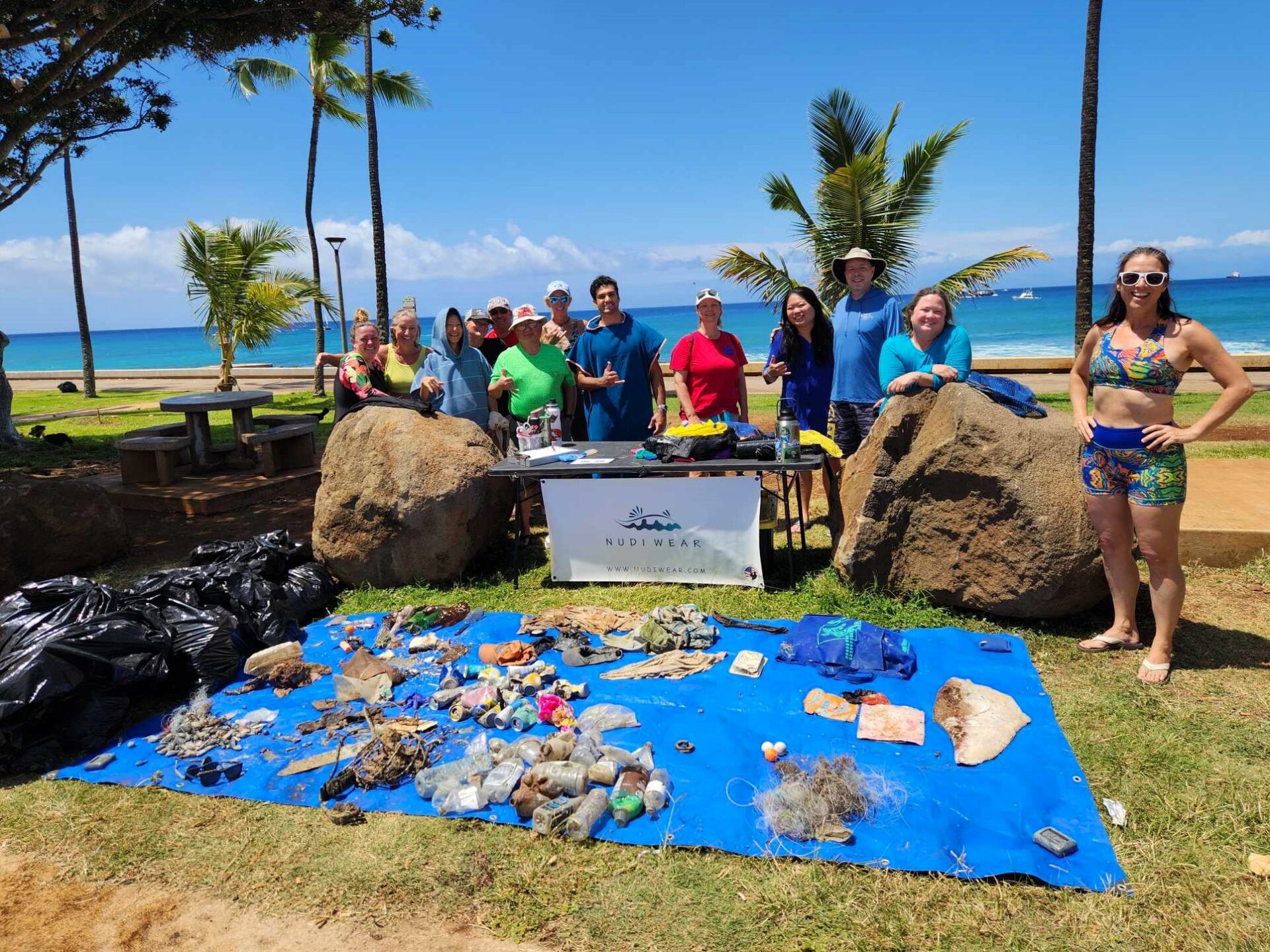
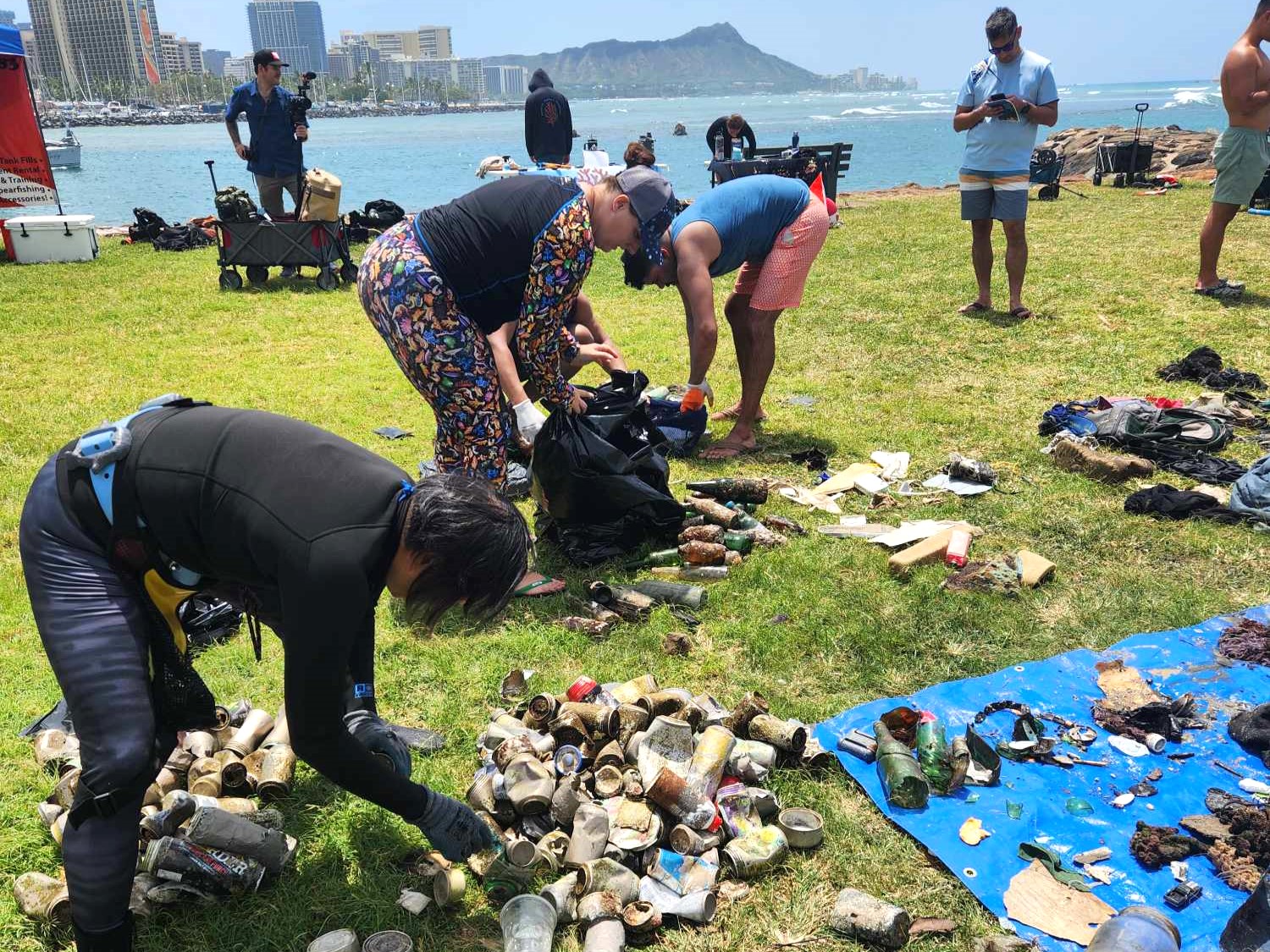
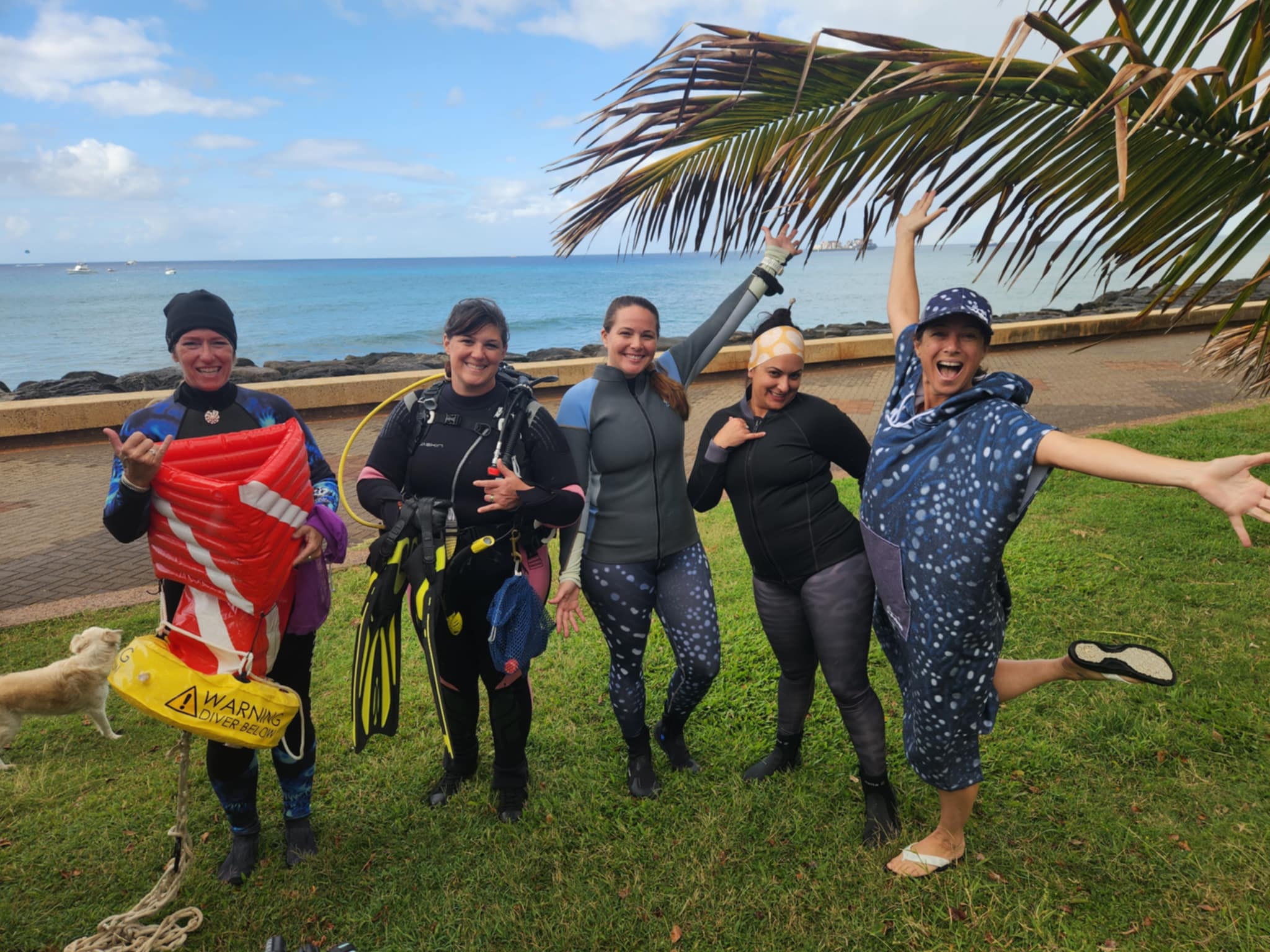
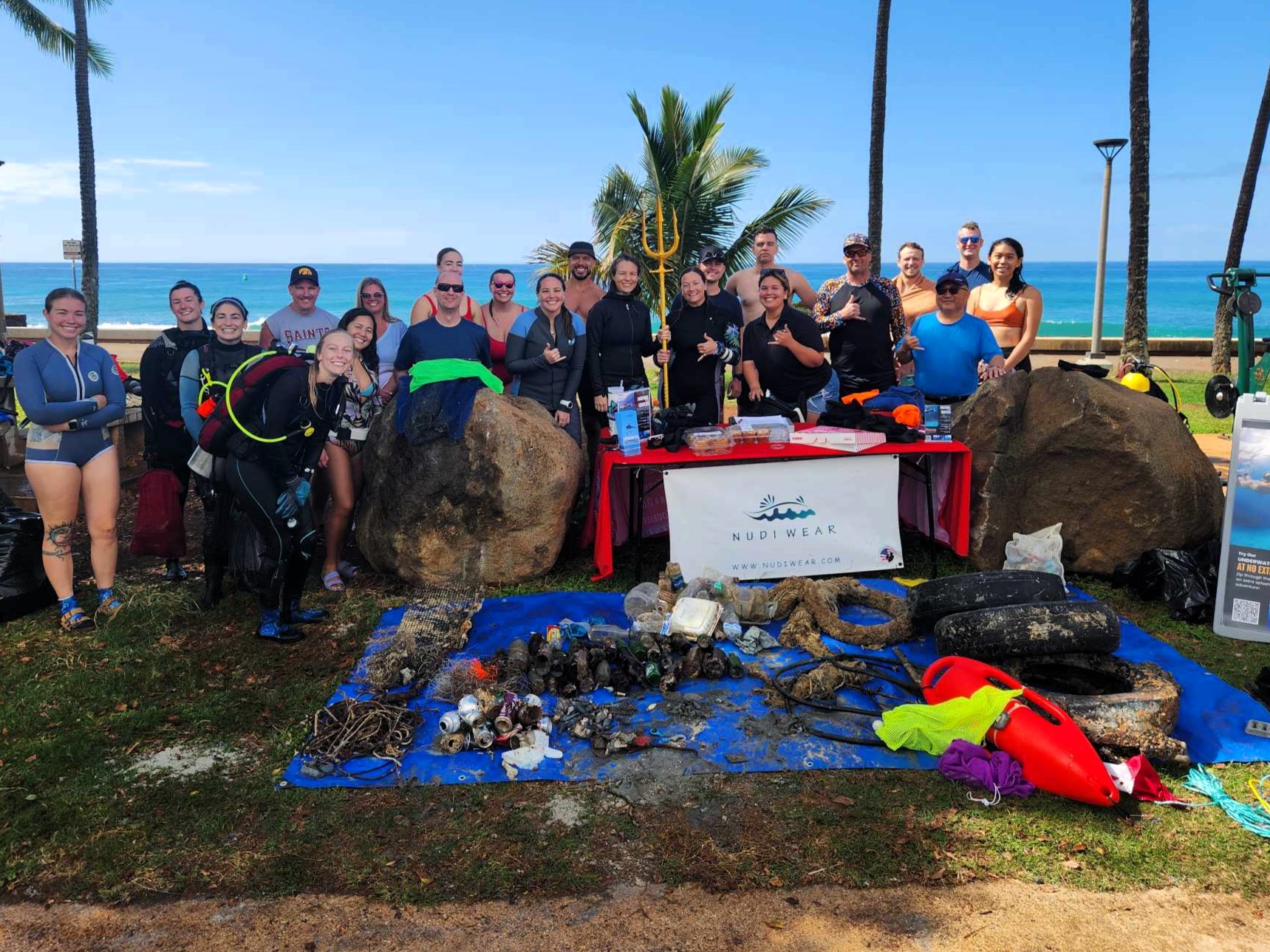

Leave A Comment